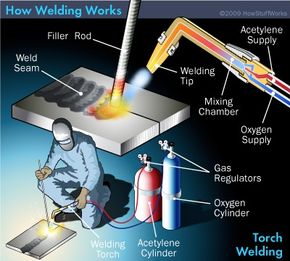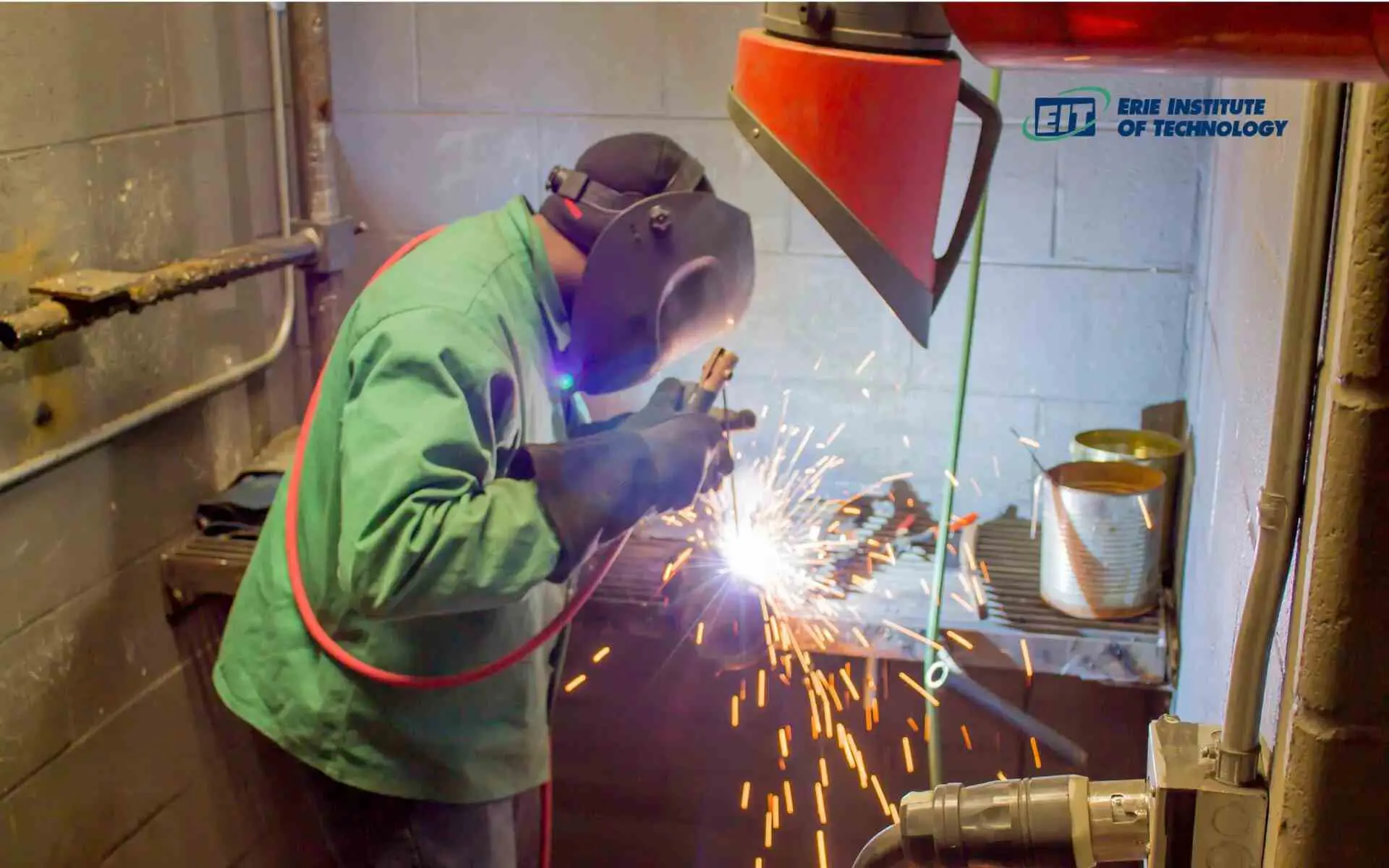Advanced Welding WPS: Tailoring Requirements for Complicated Jobs
Advanced Welding WPS: Tailoring Requirements for Complicated Jobs
Blog Article
The Ultimate Overview to Welding WPS Procedures: A Detailed Summary for Welders
In the intricate globe of welding, Welding Treatment Requirements (WPS) act as the foundation of making sure quality, consistency, and security in welding operations. Understanding the nuances of developing, carrying out, and monitoring WPS treatments is crucial for welders looking to boost their craft and fulfill industry standards. As we dig right into the different components of a WPS and explore the details of certification and certification, we will reveal the crucial function these treatments play in the realm of welding. Let's start a journey to untangle the intricacies and importance of WPS treatments in welding techniques.
Value of WPS Procedures
Comprehending the relevance of Welding Procedure Specs (WPS) treatments is crucial for guaranteeing the quality and stability of welded structures. WPS procedures offer as a roadmap for welders, describing the necessary actions, criteria, and products required to accomplish an audio weld. By sticking to WPS standards, welders can make certain consistency in their work, bring about structurally audio and reputable welds.
One of the primary reasons why WPS procedures are important is their duty in preserving weld quality and integrity. Complying with the defined welding specifications and techniques outlined in the WPS aids protect against problems such as porosity, breaking, or incomplete combination, which can compromise the toughness and durability of the weld. In addition, WPS procedures are critical for guaranteeing conformity with market requirements and codes. By complying with well-known WPS guidelines, welders can demonstrate that their work fulfills the required demands for security and quality, offering assurance to customers, assessors, and regulatory bodies. Essentially, the significance of WPS treatments can not be overemphasized, as they are basic to attaining regular, top quality welds that satisfy market requirements and requirements.

Parts of a WPS
A Welding Treatment Specification (WPS) normally comprises crucial elements that information the certain needs for carrying out a weld, ensuring consistency and top quality in the welding procedure. The crucial elements of a WPS include vital variables such as base steels, filler metals, preheat and interpass temperatures, welding procedures, securing gases, welding settings, and post-weld warmth therapy needs.
Base metals describe the materials being signed up with, while filler steels are used to fill the gap in between the base steels throughout welding. Preheat and interpass temperature levels are vital for controlling the heat input and preventing problems like cracking or distortion. The welding process describes the certain strategy to be utilized, whether it's gas steel arc welding (GMAW), shielded metal arc welding (SMAW), or one more method. Protecting gases safeguard the weld swimming pool from atmospheric contamination. Welding placements define the orientations in which welding can be done. Post-weld warm treatment might be necessary to alleviate anxieties and enhance the weld's properties. A complete understanding of these components is vital for creating a effective and thorough WPS.

Qualification and Qualification
Having actually developed the crucial parts of a Welding Treatment Requirements (WPS), the emphasis currently shifts towards the critical facets of qualification and certification in welding practices.

Certification, on the various other hand, is the formal acknowledgment of a welder's qualifications by an appropriate qualification body or organization. Welding qualifications are normally based upon the specific welding processes, products, and positions a welder is qualified to collaborate with. Holding a legitimate welding accreditation demonstrates that a welder satisfies sector criteria and is qualified to execute welding jobs to the called for specs.
Creating a WPS
To establish a Welding Procedure Specification (WPS) that satisfies sector requirements, careful consideration of welding processes, materials, and functional parameters is important. The first step in producing a WPS is to check my site identify the welding procedure to be made use of, such as gas metal arc welding (GMAW) or secured steel arc welding (SMAW)

Implementing and Keeping An Eye On WPS
Upon completing the extensive Welding Treatment Requirements (WPS) click resources that diligently information welding procedures, materials, functional specifications, and high quality guarantee steps, the focus shifts to properly carrying out and keeping an eye on the recognized procedures. Application includes ensuring that all welders entailed in the task are familiar with the WPS and follow it meticulously during the welding process. Reliable execution and tracking of the WPS are vital for guaranteeing the integrity, strength, and safety of the bonded joints, eventually contributing to the total success of the welding job.
Conclusion
To conclude, understanding and following Welding Procedure Specifications (WPS) is critical for welders to make sure quality, uniformity, and safety and security in their work. By understanding the elements of a WPS, getting proper qualifications and accreditations, creating in-depth procedures, and executing and monitoring them effectively, welders can boost their abilities and proficiency in welding techniques. Complying with WPS procedures is vital for creating premium welds and conference market requirements.
In the elaborate globe of welding, Welding Procedure Specs (WPS) offer as the backbone of guaranteeing quality, consistency, and safety and security in welding procedures. The welding process outlines the particular method to be used, whether it's gas metal arc welding (GMAW), shielded metal arc welding (SMAW), or one more technique.To develop a Welding Treatment Spec (WPS) that meets sector standards, cautious consideration Find Out More of welding processes, materials, and operational specifications is vital. The very first action in producing a WPS is to determine the welding process to be made use of, such as gas steel arc welding (GMAW) or shielded steel arc welding (SMAW)Upon settling the comprehensive Welding Procedure Requirements (WPS) that diligently information welding processes, products, functional parameters, and quality guarantee procedures, the emphasis shifts to efficiently applying and keeping an eye on the well established treatments.
Report this page